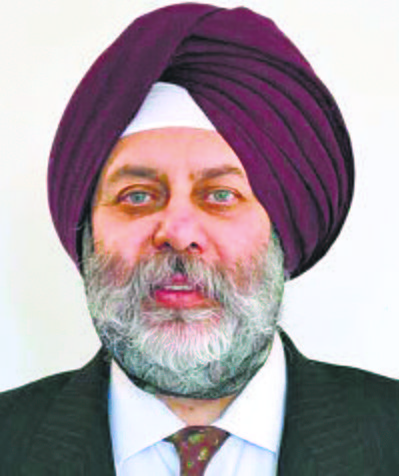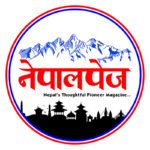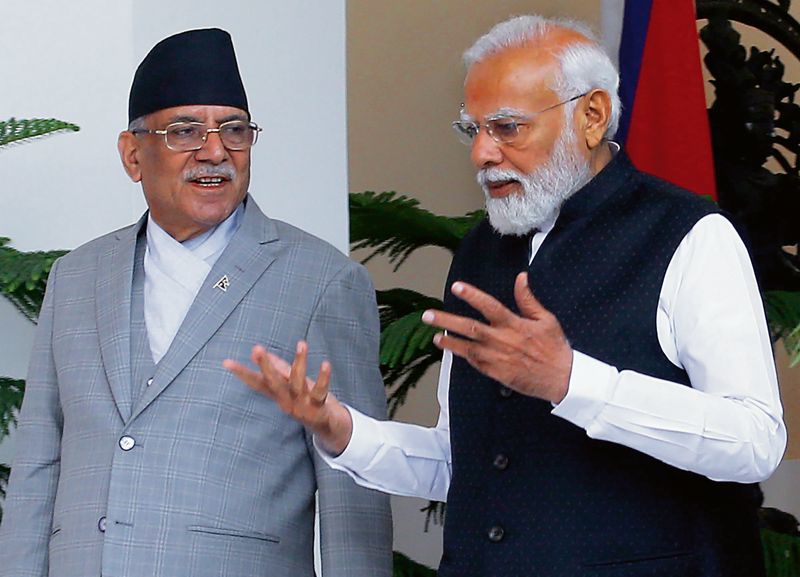Prime Minister Prachanda has managed to stay at the helm in one coalition govt after another
The first but short-lived alliance was between the CPN-UML and the Maoists; after providing Prachanda a perch for the prime ministership, it dissolved within a month as he switched over to the Nepali Congress. The present alliance, which again brings Prachanda and the CPN-UML together, includes two other Left-leaning parties — the Samajbadis (Socialists) led by Upendra Yadav and a party of former CPN-UML members under ex-PM Madhav Kumar Nepal.

NEPAL now has its third government in barely 15 months. Interestingly, all three have been headed by Pushpa Kamal Dahal alias Prachanda, whose Maoist Centre, with 30 seats, finished third in the House of Representatives following the general election in November 2022. The Nepali Congress, with 88 seats in the 275-member House, and the Communist Party of Nepal (Unified Marxist-Leninist) or CPN-UML, with 78 seats, were the top two parties, but the fractured verdict allowed Prachanda to take pole position.
A continued push for improving the ease of doing business would serve the interests of both India and Nepal.
It may intrigue some that the alliance includes the Rashtriya Swatantra Party (RSP, 21 seats), which projects itself as a platform to espouse the aspirations of the young people and finds favour with the West. This party had earlier been part of the first Maoist-CPN-UML alliance. Its leader, Rabi Lamichhane, who was earlier a US national, is one of the four Deputy Prime Ministers in the present coalition.
The Nepali economy took a serious hit during the Covid-19 pandemic, but unlike other countries, it is showing little signs of bouncing back. This is leading to despondency among the people, with some even thinking that the monarchy was better, given that the political class has not delivered. Some weeks ago, Kathmandu witnessed a pro-monarchy demonstration.
Prachanda has accused the Nepali Congress of intransigence over the economic issues and justified his shift on that ground. Of course, it was, perhaps, too much for him to have Nepali Congress leader Sher Bahadur Deuba, who has been PM five times, constantly hovering around as the PM-in-waiting.
India has traditionally found dealing with the Nepali Congress easier. The Maoist-Nepali Congress alliance provided a certain comfort shored up by the Nepali Congress leadership’s inclination towards reinstating Nepal as a Hindu state. The 2015 Constitution had proclaimed Nepal as a secular country. It bears noting that CPN-UML leader KP Sharma Oli has, in the past, also not been averse to a Hindu state and a ‘cultural’ monarchy in Nepal. The consecration of the Ram Mandir in Ayodhya was received with enthusiasm in Nepal and would raise the pitch for a Hindu state.
Prachanda, too, appeared to be playing a positive role and donned the Nepali formal national dress, Daura Suruwal, identified with the Hindu monarchy, after eschewing it for years. However, Prachanda’s upbringing has been leftist and anti-monarchy, and it is possible that he now espied an opportunity to push back and bow to the identity politics of Nepal, which is basically about differentiating itself from India. He termed the Nepali Congress “a reactionary force” when he parted ways with it.
References to the role of the South (code name for India) and North (China) are common in explanations of politics in Nepal. Over the past two decades or so, though, the role of the West (the US, EU, etc.), coupled with their NGO associates and the Church, cannot be wished away. It has its own dynamics that include the ideas of human rights and secularism. For some, the inclusion of the RSP in a Left alliance would look like a North-West entente in Nepal.
To many observers, the latest alignment appears to be setting the stage for the next general election in Nepal. But it is three years from now, and one wonders whether Oli will display the patience needed. In 2020, he was unwilling to cede prime ministership to Prachanda despite a power-sharing arrangement. For Prachanda, having already lost much of his sway with the public, joining hands with his old communist comrades may be the only way forward. Though vote transfer from CPN-UML supporters to the Maoists is not easy, transfer from the Nepali Congress to the Maoists is far tougher.
The new alignment provides the Chinese with a reason to gloat. Their role in bringing it about is evident, even though there is an internal Nepali political dimension too. In any case, in Nepal’s politics, bragging rights are transitory, with rent-seeking remaining the dominant trait.
India is by far Nepal’s largest trade and economic partner and a gateway to economic buoyancy in the country. It is also the only meaningful pathway for Nepal to harness benefits from its growing hydel power production. Recent years have seen a boost to connectivity with the construction of integrated check-posts, development of railway connectivity, power transmission lines and the go-ahead to UPI transactions. Indeed, many of these projects, including a pipeline to deliver oil to Nepal and the construction of the 900-MW Arun III project, started when Oli was Prime Minister in 2018-19.
In Nepal, where playing the India card sways popular sentiment, the economy matters critically, and an unhealthy economic state cannot bode well for any incumbent Prime Minister. A continued push for improving the ease of doing business would serve the interests of both India and Nepal.
Excerpts: TheTribuneIndia
Originally this article was published on March 19, 2024.




COMMENTS